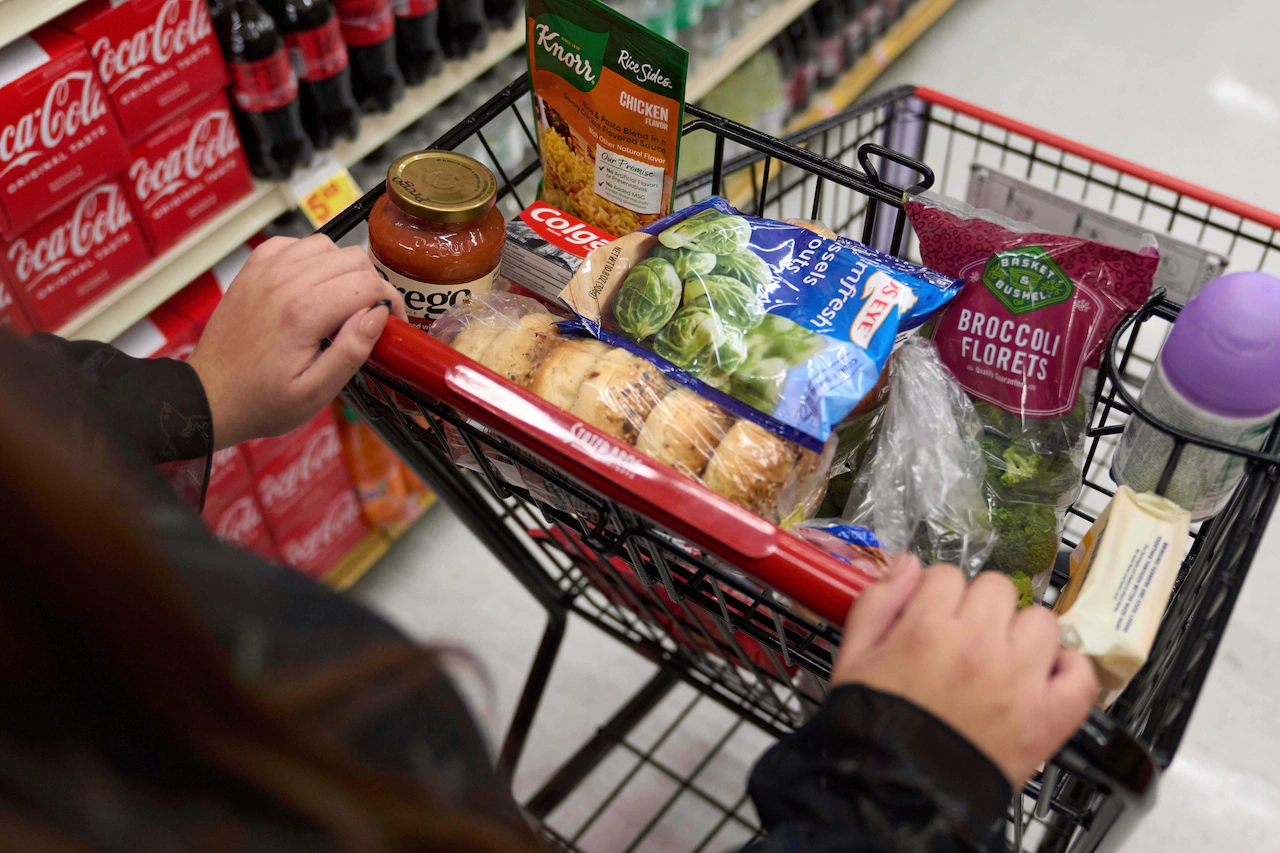Copyright AL.com

Some parts of Alabama are among the nation’s most reliant on food benefits, data shows. About 15% of Alabamians will feel the impacts of a pause on Supplemental Nutrition Aid Program benefits if a weekslong government shutdown does not end by Nov. 1. That’s about 754,000 people – many of whom are children, senior citizens and individuals with disabilities. But the need is much more pronounced in some of the state’s rural Black Belt counties, AL.com found, where as many as one in three residents received SNAP benefits in 2024. Few other counties in the U.S. have higher enrollment rates than west Alabama’s Wilcox, Perry and Dallas counties, according to a recent report from the Associated Press. Can’t see the map? View it here. Nearly half of Alabama households receiving food stamps reported having a child under 18 or someone with a disability living among them. And two in five lived with at least one senior citizen, according to 2024 Census survey data. Need closely mirrors racial wealth gaps in the state. Recent research from the Economic Policy Institute found that cuts to SNAP could disproportionately harm families of color. Nearly a quarter of Black householders in Alabama were enrolled in SNAP benefits last year, compared to just 8% of white householders. About 15% of Hispanic and Native American householders in the state also received benefits. Statewide, SNAP enrollment ranged from just 5% of the population to up to 38%. Shelby County, which has the lowest share of residents living below the poverty line, saw the lowest SNAP participation rates, at just 5.5%. Other high-need counties span across much of lower and west Alabama, with Greene, Lowndes, Sumter and Butler counties reporting enrollment rates of more than 25%. Far-reaching impacts Nationwide, SNAP disbursements have been on the decline since reaching a peak in 2012. Today, far fewer Alabamians are receiving benefits than did a decade ago. It’s a trend that largely mirrors economic patterns, experts say: As employment and income levels improve, fewer people enroll in food benefits. The country saw some of its lowest poverty rates in history in 2019, before swinging back up slightly during the pandemic. Can’t see the chart? View it here. The shutdown began on Oct. 1, after Democrats refused to pass the Republican-sponsored bill to fund the government unless health care tax credits, part of the Affordable Care Act, were extended. The Trump administration has confirmed it would not use roughly $5 billion in contingency funds to keep benefits flowing into November. As states like Alabama brace for a pause, researchers and advocates warn of far-reaching impacts. In addition to sending more than $140 million in food benefits to Alabamians each month, the program supports more than 7,800 jobs and $350 million in wages for grocery employees statewide, AL.com reported earlier this week. Cuts or interruptions to the program could cost Alabama up to $1.7 billion in annual federal funds, resulting in a $2.6 billion economic loss. Alabama’s Department of Human Resources said individuals can still apply for SNAP during the pause and that current recipients must still recertify their benefits, report as they normally would and submit all normal documentation. “These steps are of the utmost importance so DHR can submit each recipient’s benefit file as soon as the suspension is lifted; in other words, this will allow recipients to more quickly use their November funds in the grocery stores,” the press release said.



